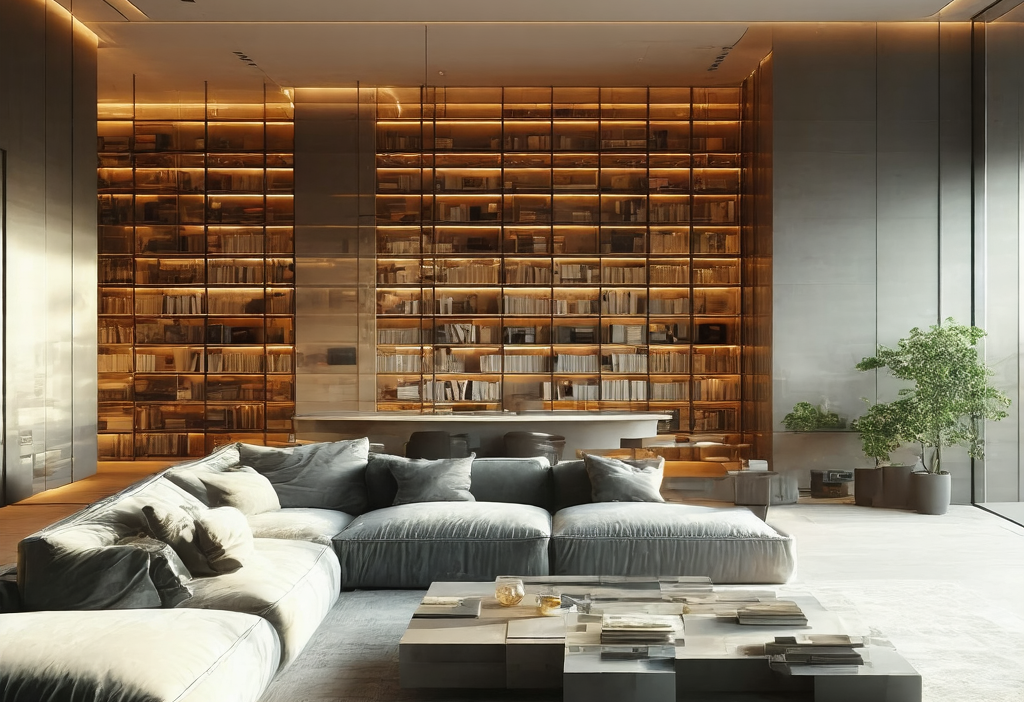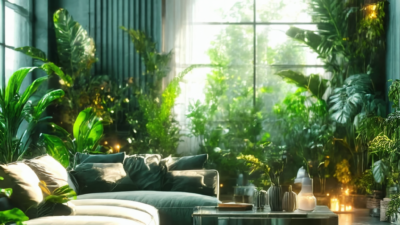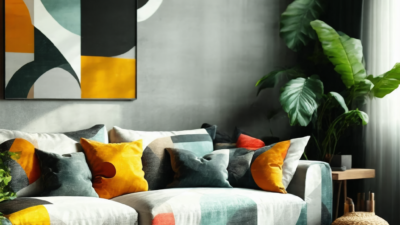Transform Your Space: A Comprehensive Guide to Home Decor Essentials
Creating a beautiful and functional home interior is an art that combines creativity, practicality, and attention to detail. Whether you’re starting fresh or looking to refresh your current space, understanding the essentials of home decor can make all the difference. In this guide, we’ll walk you through the key elements to consider when designing your living areas, from color schemes to lighting and beyond.
1. Start with a Color Palette
Your color palette sets the tone for your entire space. Consider starting with neutral tones as they provide a blank canvas that allows other design elements to shine. For instance, soft beiges or whites can create a calming atmosphere, while darker grays might add sophistication and warmth.
- Neutral Colors: Beige, white, and gray are timeless choices that offer versatility.
- Accent Colors: Introduce pops of color with accessories like throw pillows or artwork to add personality without overwhelming the space.
Don’t be afraid to mix and match. For example, a soft blush pink can complement a neutral palette beautifully. Use tools like Better Homes & Gardens‘s color matcher to explore combinations that resonate with your style.
2. Furniture Arrangement: Form and Function
Furniture is the backbone of any room, so choosing pieces that are both functional and stylish is crucial. Start by considering the layout based on how you want the space to feel— cozy and intimate or open and spacious.
“Furniture should not only look good but also serve a purpose. It’s about creating a balance between aesthetics and utility.”
Consider the following when selecting furniture:
- Scale: Ensure pieces are proportionate to the room size. A large sectional works well in an open-plan living area, while smaller chairs might be better suited for a cozy nook.
- Material and Style: Choose materials that align with your decor theme—wooden furniture for a rustic look or sleek metal pieces for a modern aesthetic.
3. Lighting: The Art of Illumination
Lighting plays a pivotal role in setting the mood and functionality of a room. Layer your lighting to achieve both task-specific and ambient illumination.
- Task Lighting: Under-cabinet lights or desk lamps provide focused light for specific activities.
- Ambient Lighting: Ceiling fixtures or chandeliers offer general illumination, creating a warm and inviting atmosphere.
- Accent Lighting: Use sconces or wall-mounted lights to highlight artwork or architectural features.
Natural light should also be maximized. Consider sheer curtains or blinds that allow sunlight to filter in while maintaining privacy. For inspiration, check out HGTV‘s lighting ideas for various room types.
4. Textiles and Fabrics: Adding Softness
Fabrics contribute texture and comfort to your space. From upholstery to window treatments, choose materials that not only look good but also feel inviting.
- Couches and Armchairs: Opt for fabrics like microfiber or velvet for a luxurious feel.
- Rugs: A well-chosen rug can define a seating area and add warmth underfoot. Consider patterns or solids that complement your color scheme.
Don’t underestimate the impact of throw pillows and blankets. They can instantly elevate a space, adding both color and texture. For instance, a mix of solid-colored throws in neutral tones can create a cohesive look while allowing for easy updates down the line.
5. Wall Art and Decor: Personal Touches
Wall art is an excellent way to inject personality into your space. Whether it’s a statement piece or a collection of smaller works, art can transform a room’s ambiance. Consider these tips:
- Scale: A large painting can make a bold statement in an empty wall space.
- Themes: Groupings of similar styles or colors create visual interest and harmony.
Incorporate other decor elements like vases, lamps, and trays to add depth and character. For example, a minimalist vase filled with fresh flowers can bring life into the room, while a decorative tray adds functionality to your coffee table.
6. Personalize Your Space
Finally, remember that home decor is deeply personal. Don’t hesitate to incorporate elements that reflect your personality and interests. Whether it’s family photos, travel souvenirs, or hobbies like reading or gardening, these touches make your space truly yours.
“Your home should be a reflection of who you are. It’s not just about aesthetics; it’s about creating a sanctuary where you feel comfortable and inspired.”
Consider dedicating a wall or shelf to display meaningful items. For instance, a gallery wall featuring cherished memories can serve as both decor and conversation starter.
Conclusion
Designing your home is a journey that evolves over time. By focusing on these essential elements—color palettes, furniture arrangement, lighting, textiles, wall art, and personal touches—you can create a space that is both beautiful and functional. Remember, the goal is to make every corner of your home a place where you love to spend time.
For more inspiration and tips, explore resources like BH&G or follow interior design trends on platforms like Pinterest. Happy decorating!





